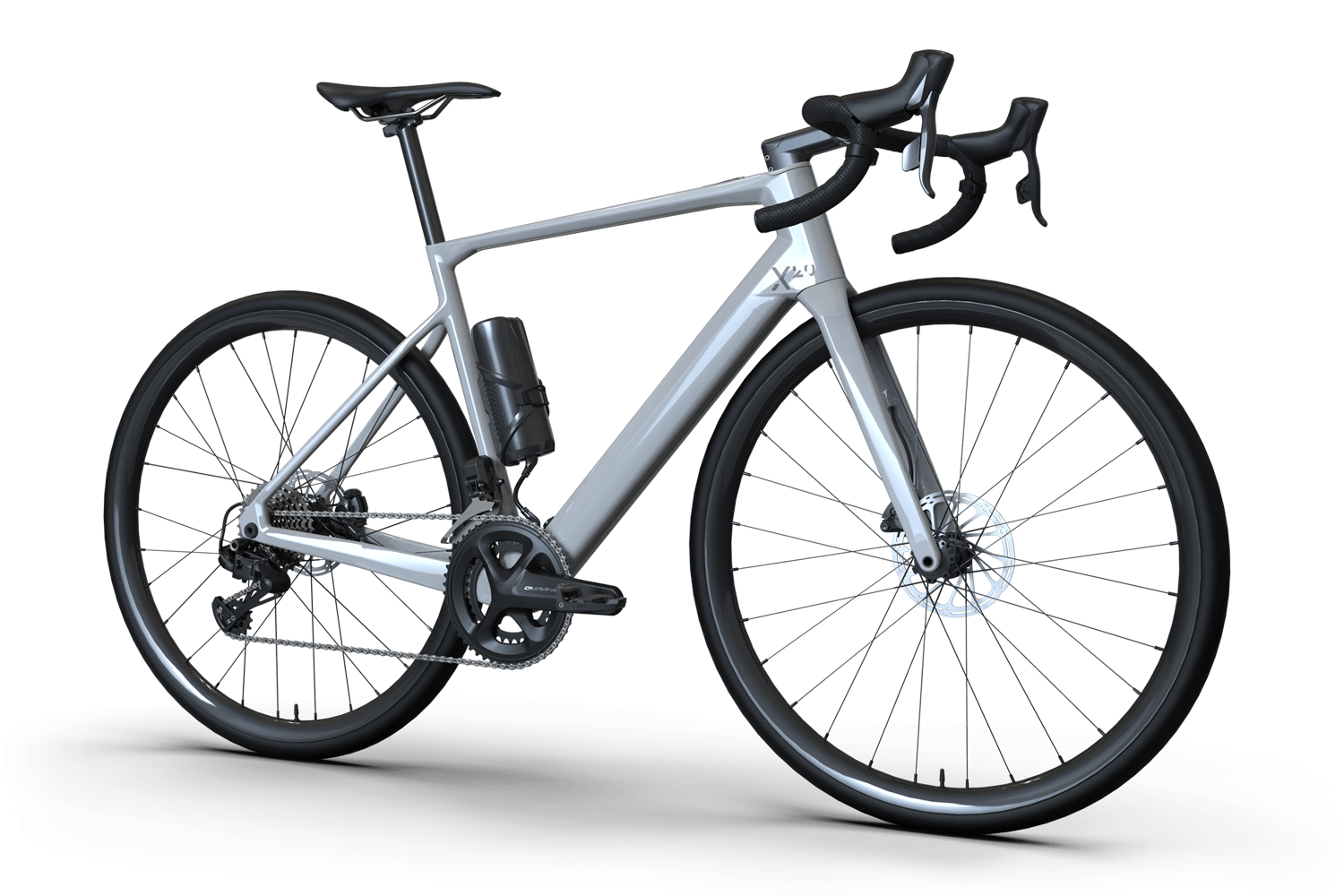Asher
Well-Known Member
Given that hub drives have some benefits over mid drives, you'd expect them to be fairly common among big bike brands offerings (Cannondale, Canyon, Trek, Specialized, Giant, etc). Not as a complete substitute, but as a common alternative to mid-drive motors. But it seems like there are almost none to be found, even among low end offerings.
You could blame the suppliers, but even Bosch and Yamaha already make hub motors for mopeds, so that just shifts the same question. The hub motor tech is simpler. It's not like EU customers are too good for hub motors, given how arguably the premier ebike brand, Stromer, uses them.
Do low legal power limits (250 w in EU) favor mid-drives? I can't think of any compelling reasons for why the legacy brands + suppliers have refused (geared) hub motors.
I tried to find relevant threads and only found this:

 electricbikereview.com
electricbikereview.com
You could blame the suppliers, but even Bosch and Yamaha already make hub motors for mopeds, so that just shifts the same question. The hub motor tech is simpler. It's not like EU customers are too good for hub motors, given how arguably the premier ebike brand, Stromer, uses them.
Do low legal power limits (250 w in EU) favor mid-drives? I can't think of any compelling reasons for why the legacy brands + suppliers have refused (geared) hub motors.
I tried to find relevant threads and only found this:

No Bafang used by mainstream bike manufactures.
Have you noticed that Bafang is only used by DIY riders and non-mainstream bike manufactures? If you look around, Bafang is only used by Juiced, FLX, Luna, AddMotor, Surface 604, Biktrix, Pedego, etc. Yes, I'm aware that some non-mainstream bike manufacutures use something other than Bafang...
Last edited:
